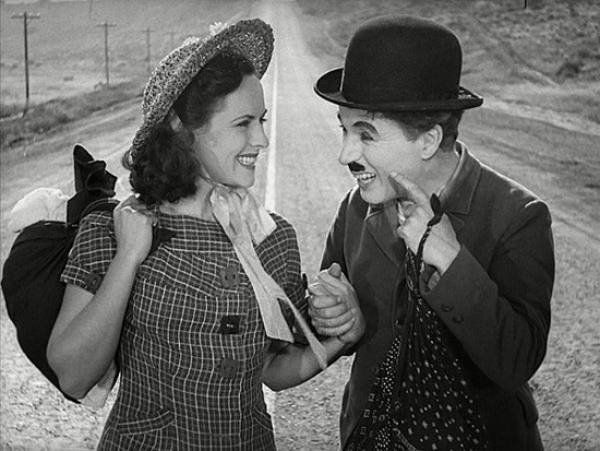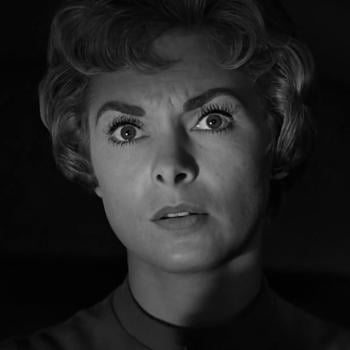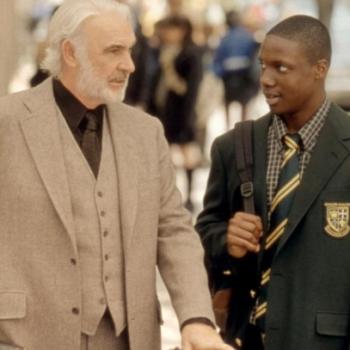
How exactly did it take me this long to write about Charlie Chaplin in this space? I guess I can only attribute it to some internalized phobia of talking about silent films even though they not only form the bedrock of modern filmmaking but are also quite good on their own. Accept this apology, and let us all move on …
If you don’t know Charlie Chaplin, permit me to direct you to my essay on his work from my other film blog. As a basic introduction, Charlie Chaplin was a silent film comedian who was not only remarkably popular in his day, but also a profound influence on the development of cinema as a whole.
The Tramp is a recurring figure within most of Chaplin’s work. Basically all of his films (at least his silent films) see this well-intended mustachioed gentleman romping from place to place and accidentally creating chaos in his wake, but also revealing something dignified about the human impulse to show kindness to all the other nuts walking down this road with you. The film we’re looking at today, Modern Times, was the last to really use The Tramp character, follows him as he navigates a world that is plunging headfirst into social and technological turmoil. Modern Times is a mostly episodic narrative that sees The Tramp encountering hijinks within systems such as the workplace, law enforcement, and even home ownership.

Little if anything about this movie has aged poorly, particularly where its intended social commentary is concerned. The factory’s experiment to eliminate lunch hour with a machine that auto-feeds its workers feels no less outlandish than, say, Hollywood’s recent (and current) attempts to cost-cut its labor costs with computer generated extras. Chaplin knows how to key in on these little quirks of the modern world, and also how to make it all look really funny. But of course, the real key to the success of Modern Times is Chaplin’s natural instinct for empathy.
Chaplin works backward from the assumption the worst thing you can be in a turbulent world is small, and he crafts a pretty convincing argument to back that up. The Tramp knows what it’s like to be asked to keep your head up in a world constantly giving you reason to look down, and he also knows that sometimes the thing that gets in the way of all that can be very, very dumb–a fellow inmate accidentally spiking your bread with cocaine or burglars robbing your department store at gunpoint the moment you happen to try on roller skates and are in no position to be held up. As with most of Chaplin’s films, the Tramp isn’t out to advance his own station. He doesn’t want to be a part of the madness. He just wants to know where he can get his next meal, thank you very much, and would rather just stay out of the machinations of the rich and powerful players that are causing so much trouble for everyone else.
Yet the film is anything but disinterested in the ills infecting his society. Chaplin keys in on how the swells and basins of such a fast-moving world are unkind to the disadvantaged and marginalized. The Tramp is eventually joined by a young woman from the slums who was left orphaned after her father was killed in a petty workplace dispute, and she becomes a sort of counterpart for Chaplin’s character. Once these two meet, they finally have someone to try to help build up, and that’s where the two of them begin to find something like happiness. They never really find anything resembling stability, like the house they dream of one day owning together, but they do manage to get by and provide each other with some comfort along the way, and I think there are all sorts of things we can gain from that, even coming on ninety years down the road.














